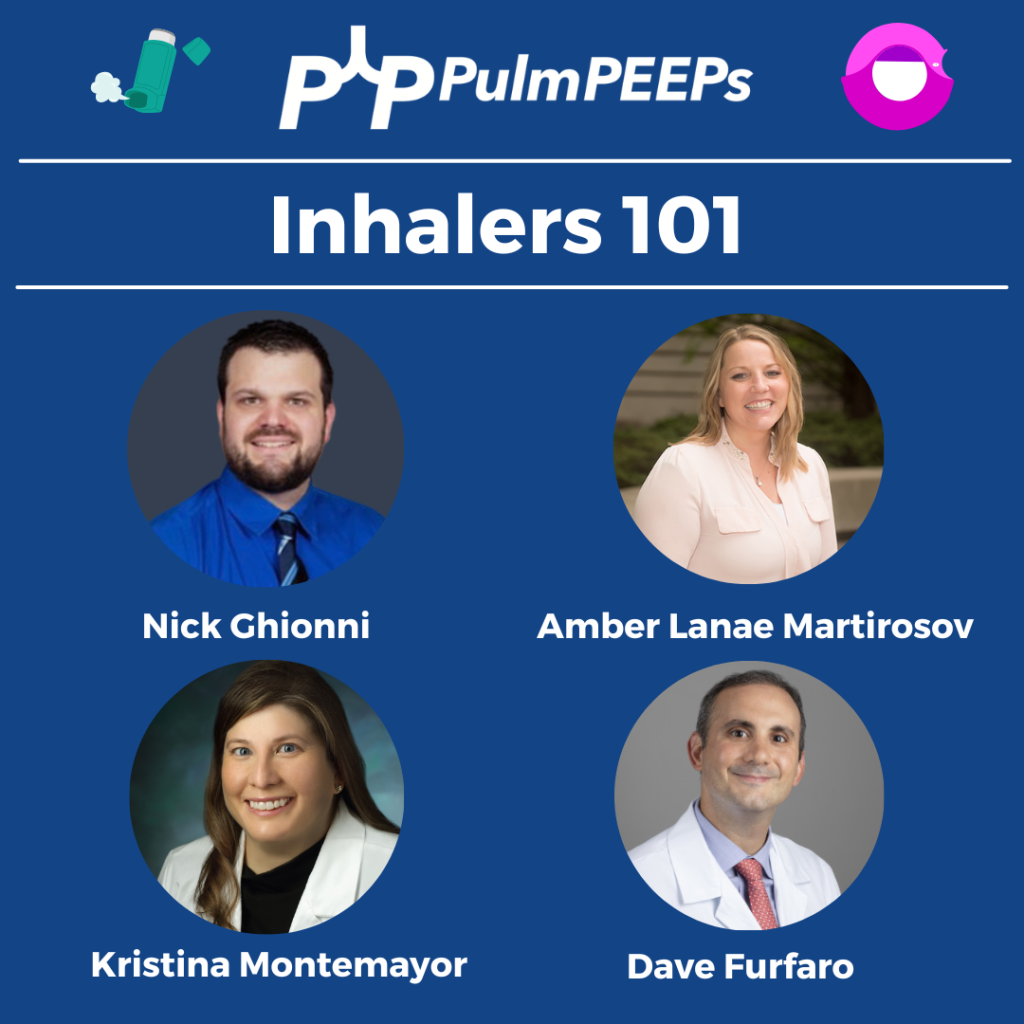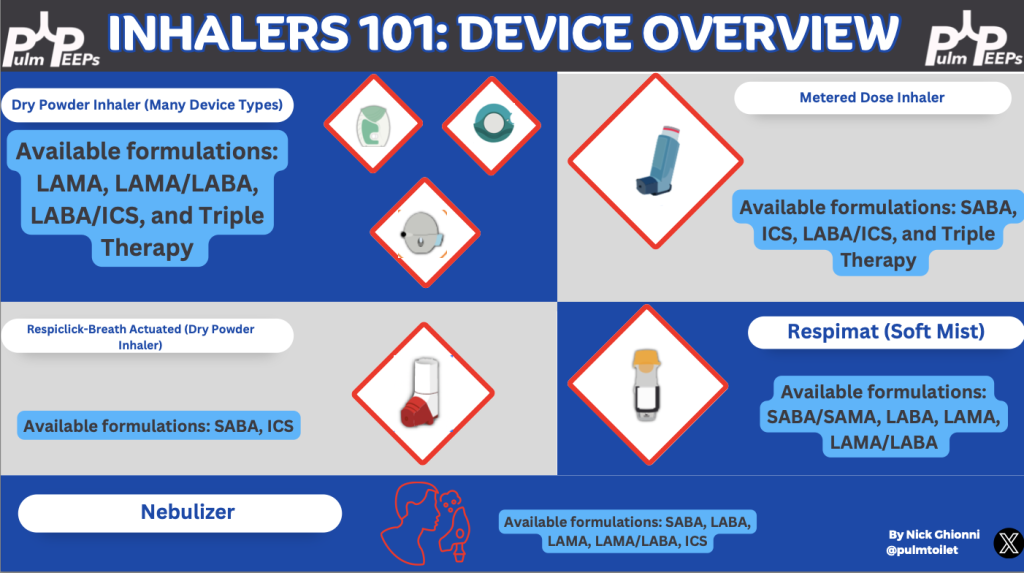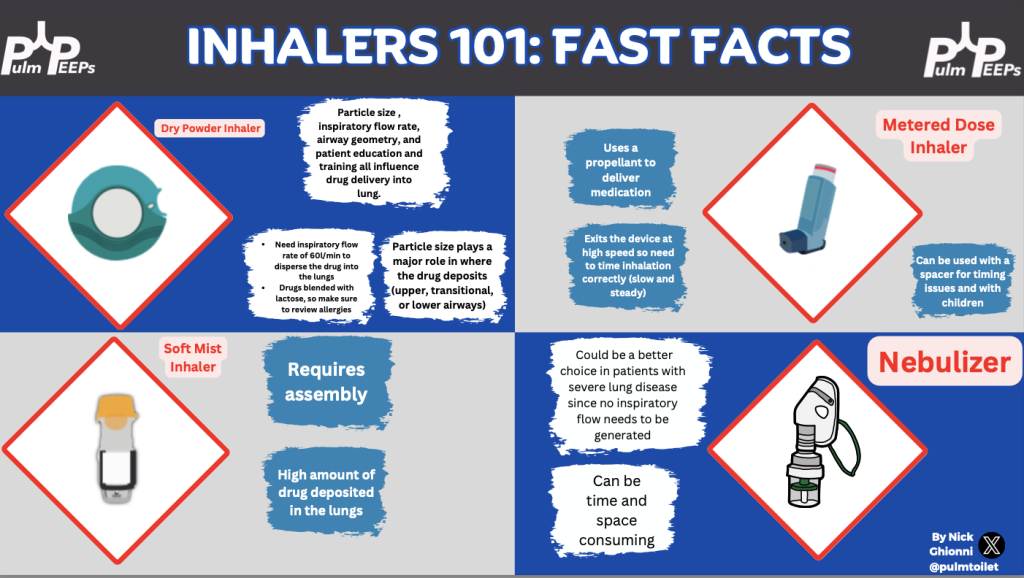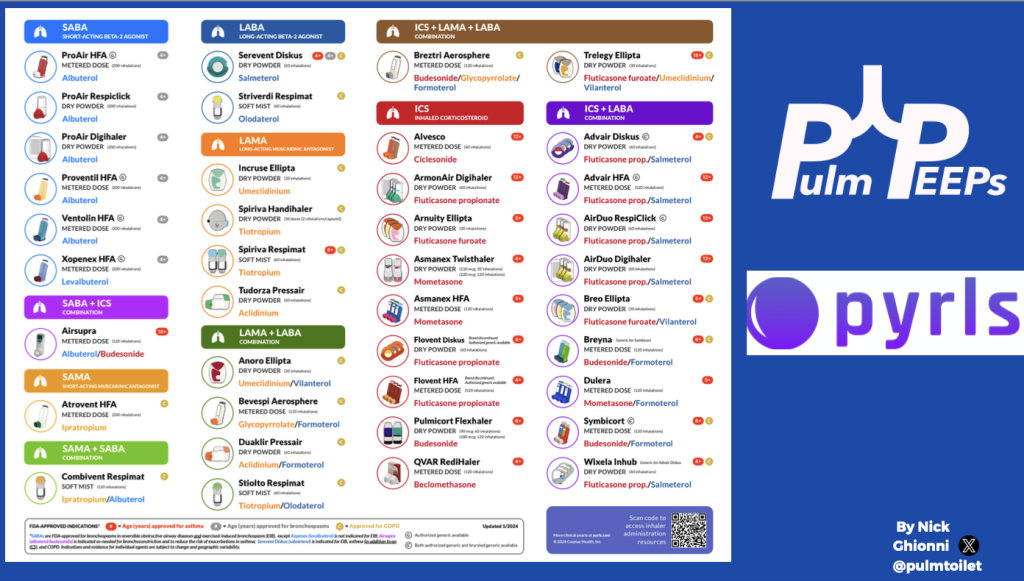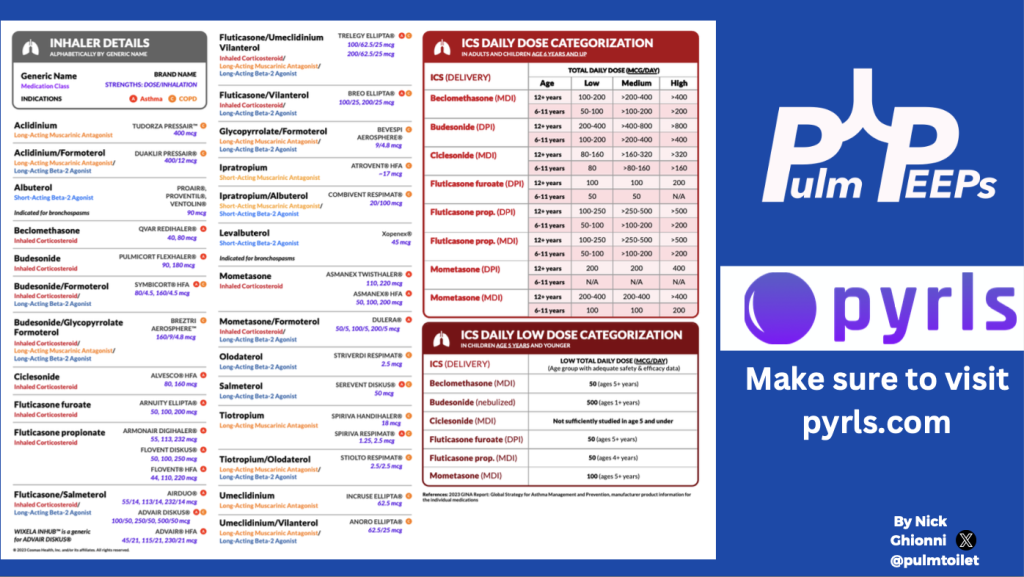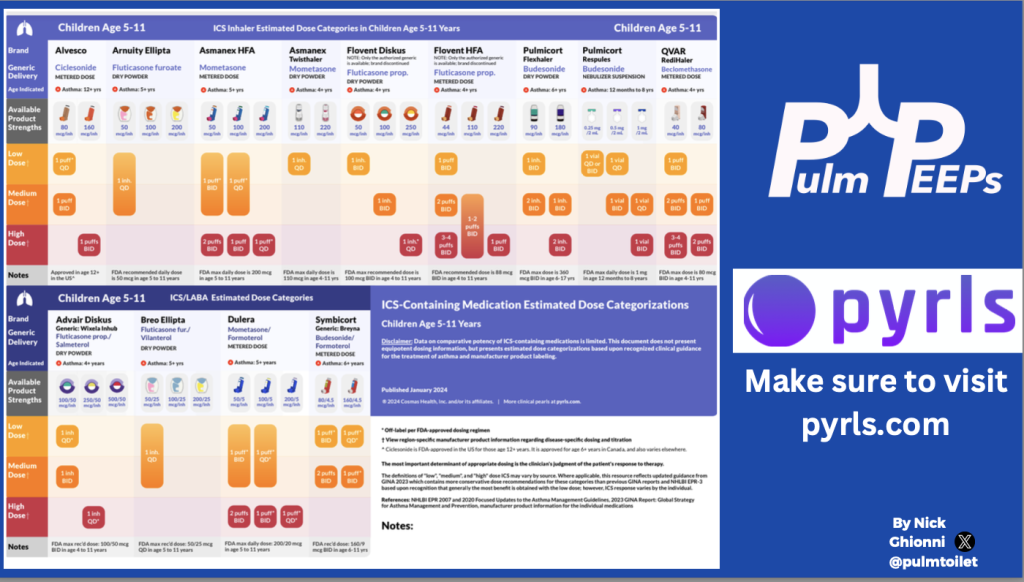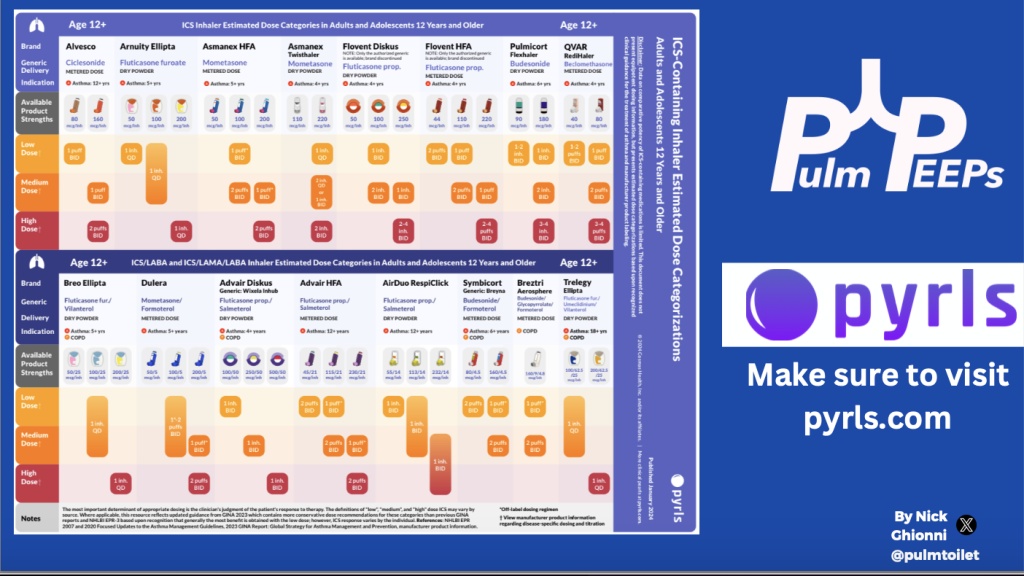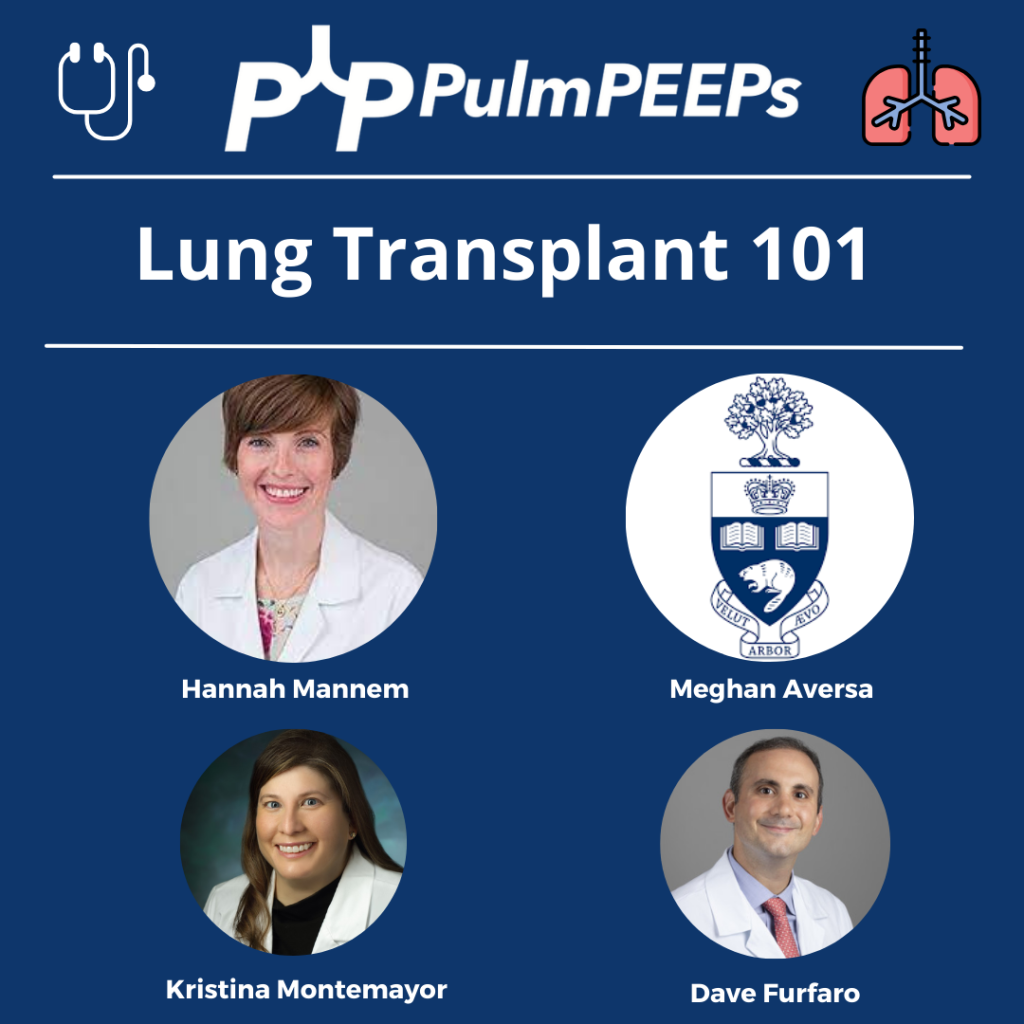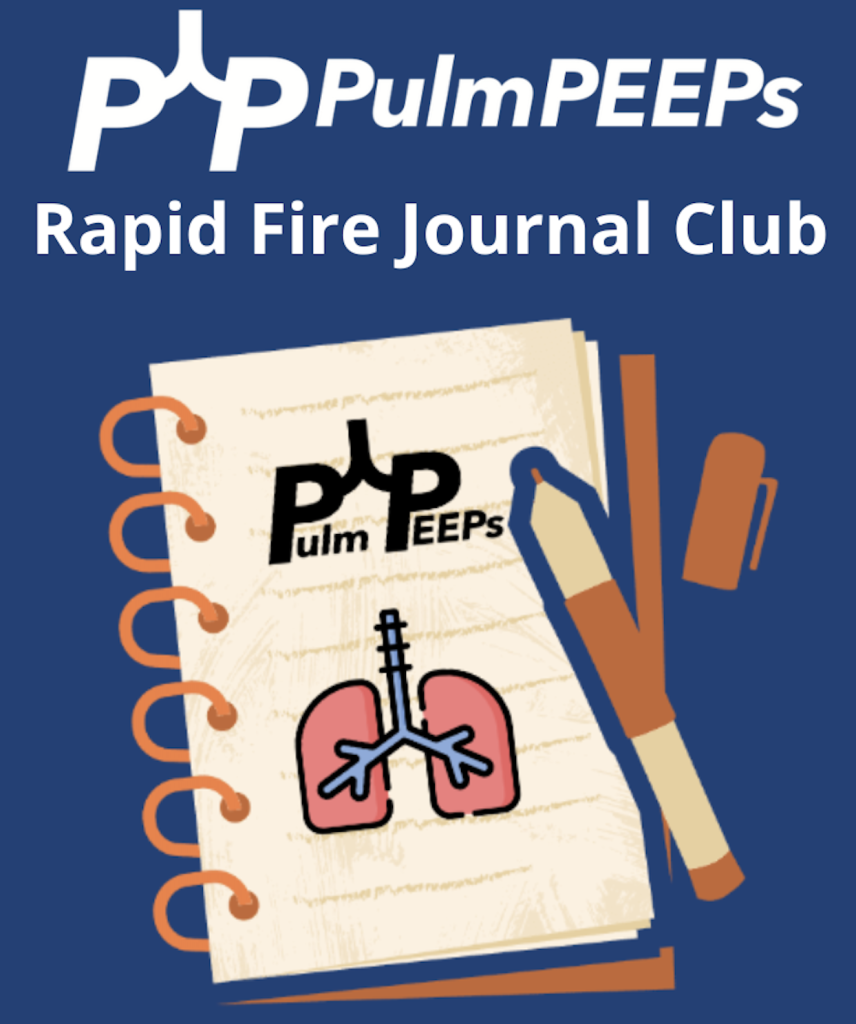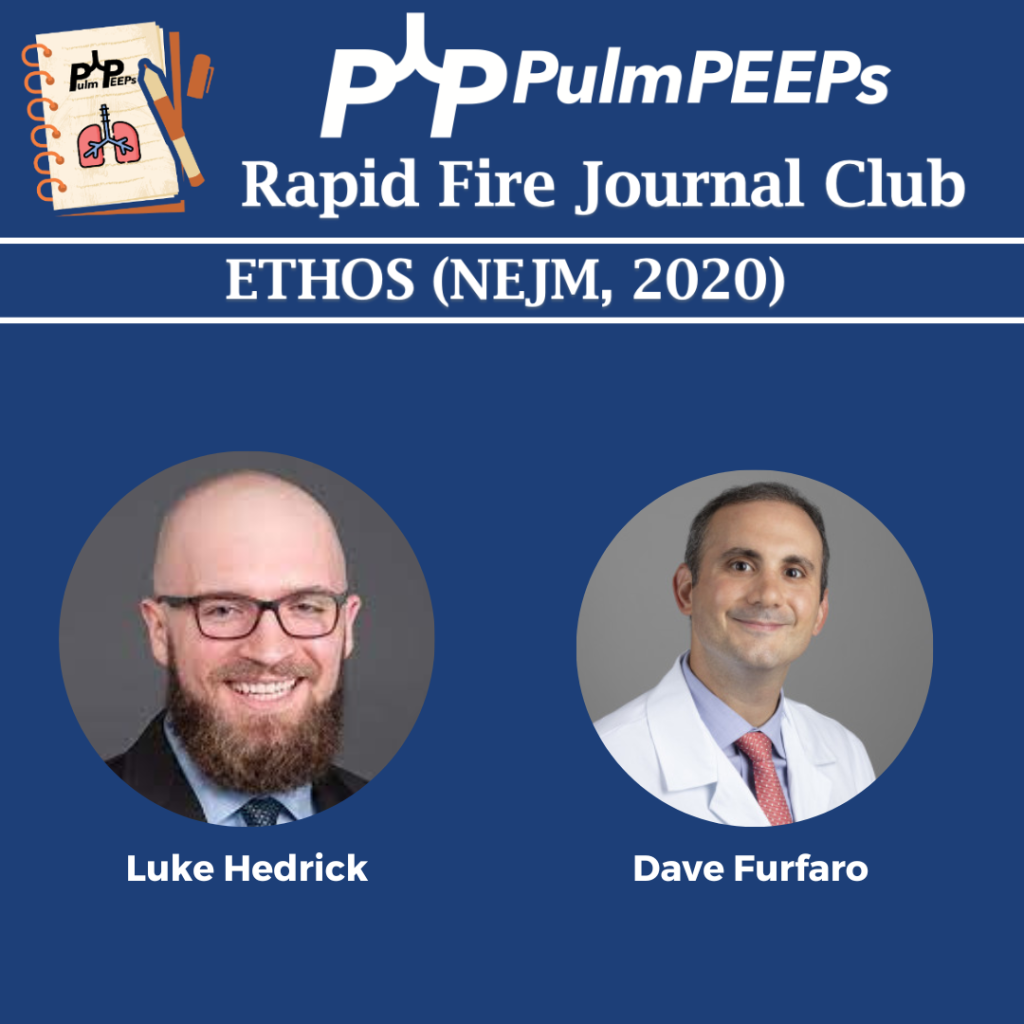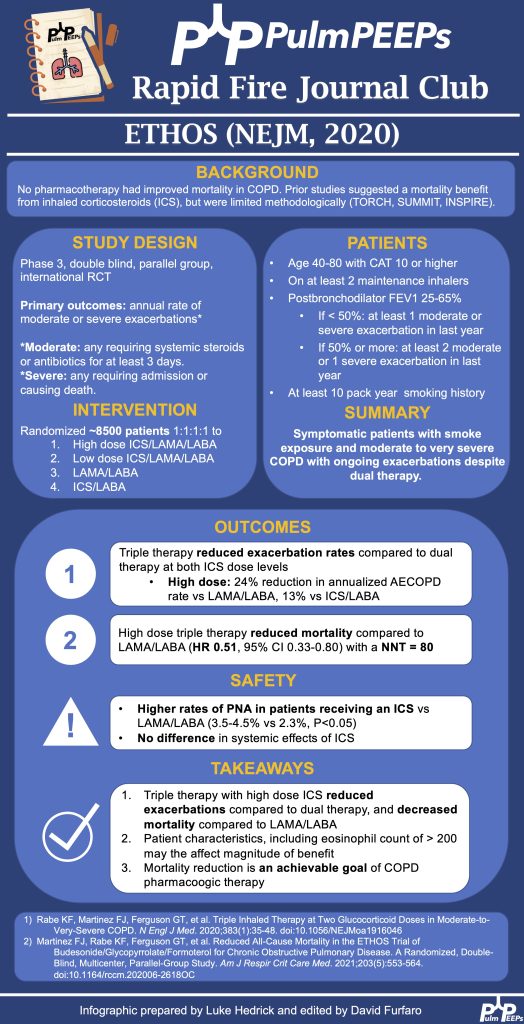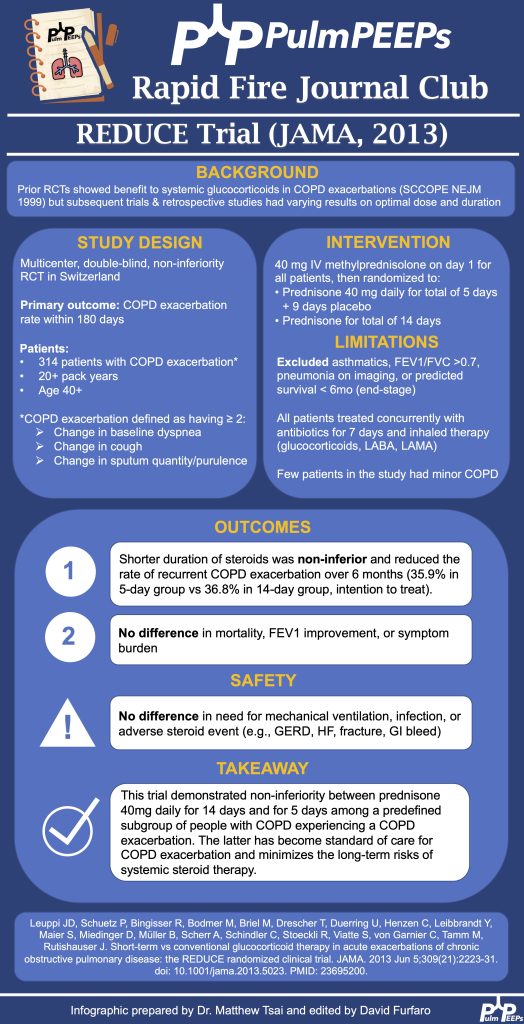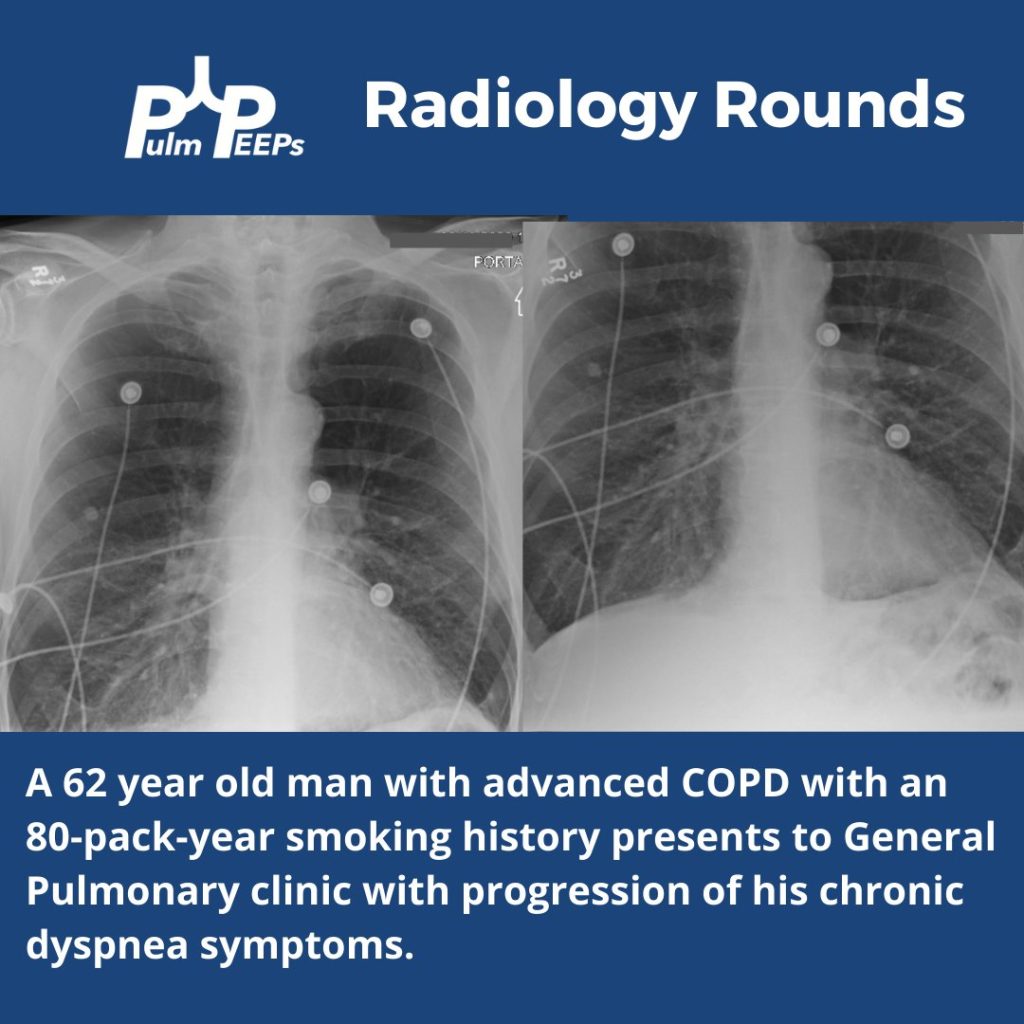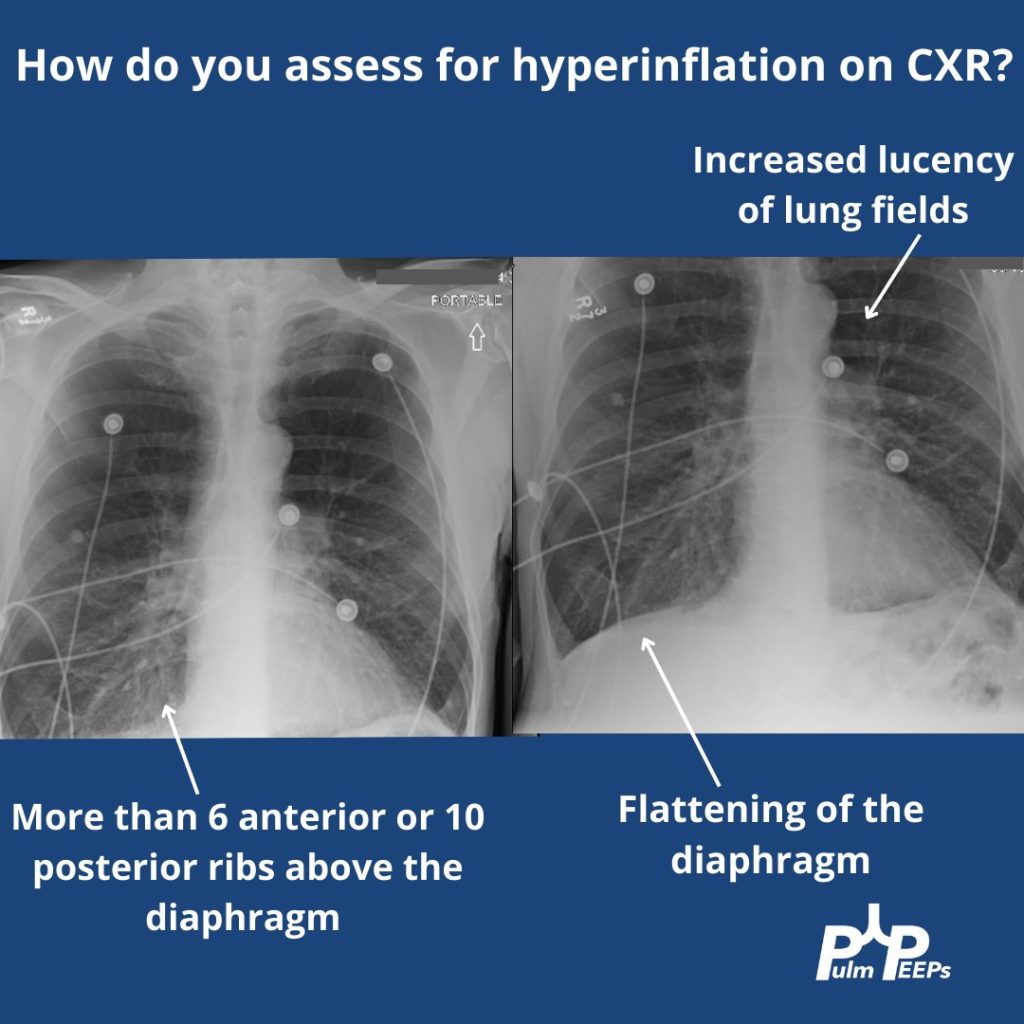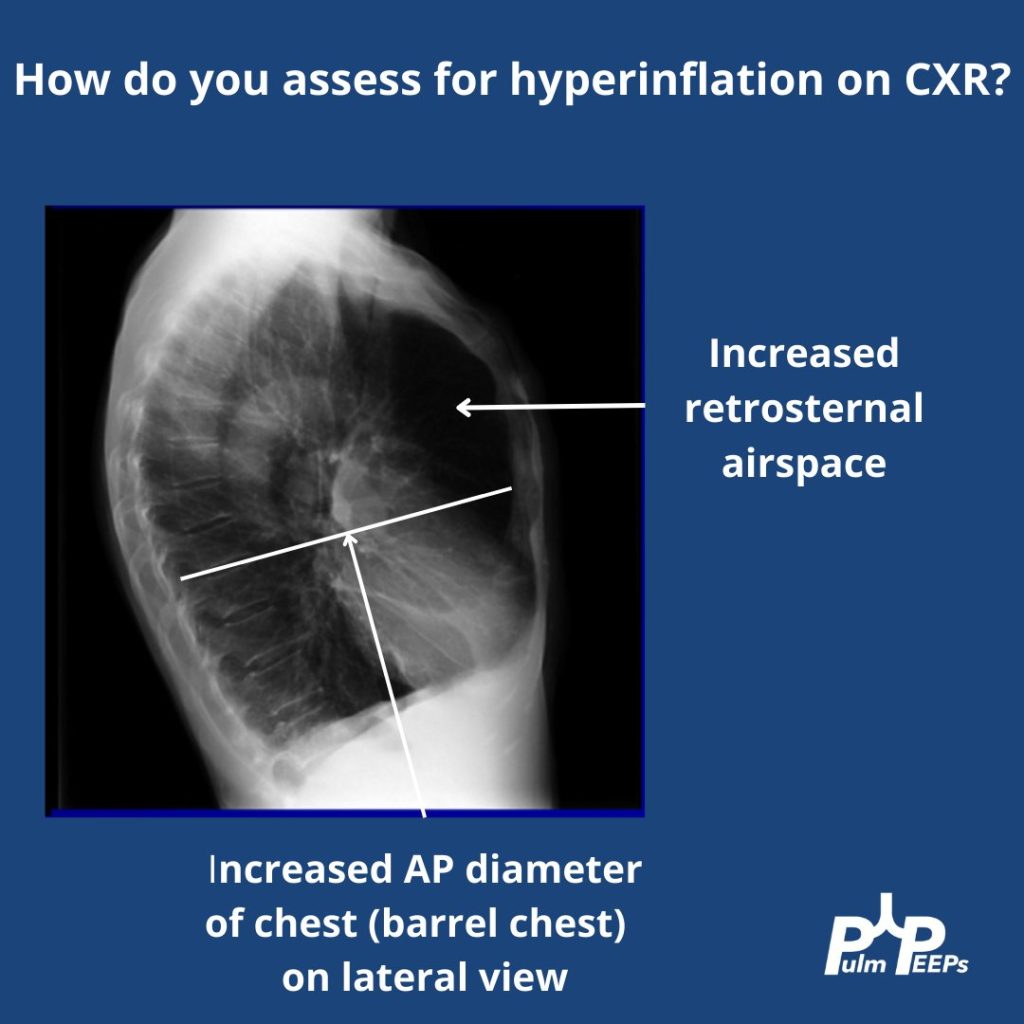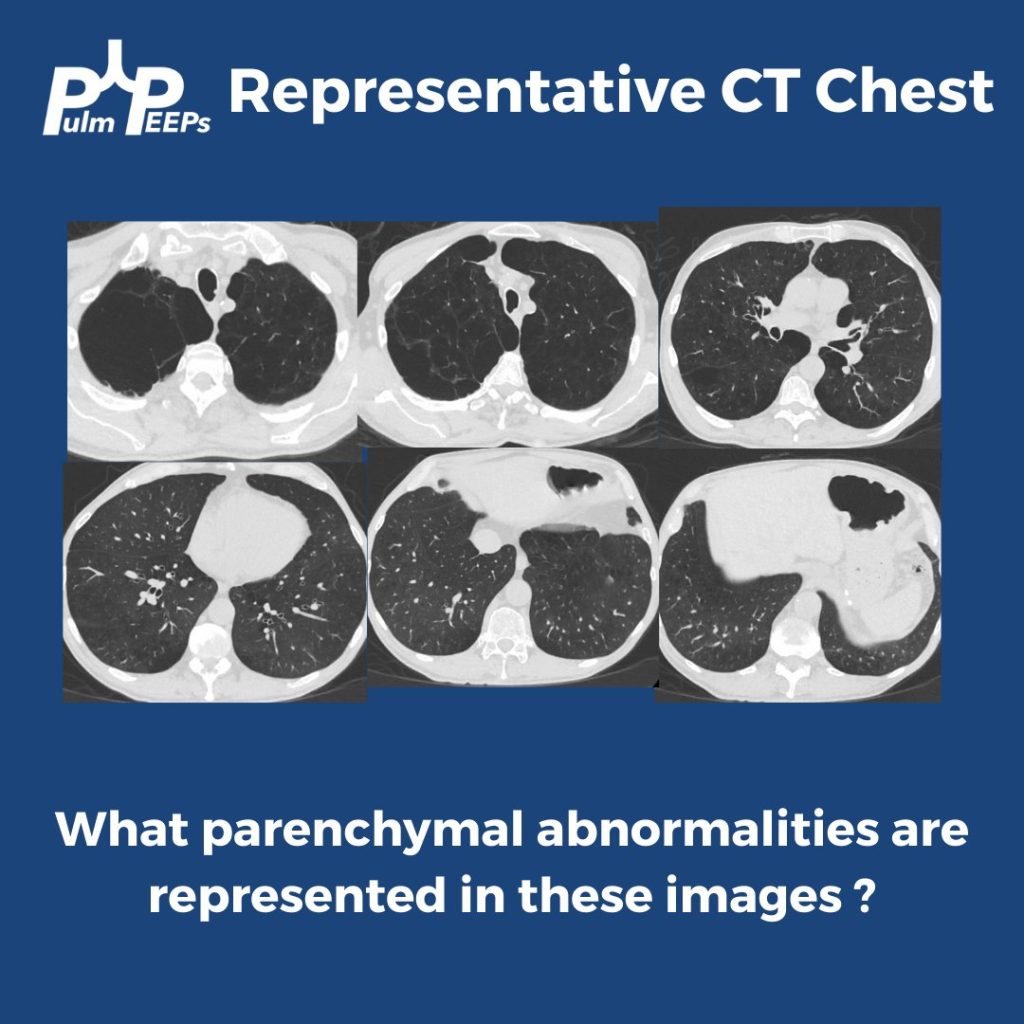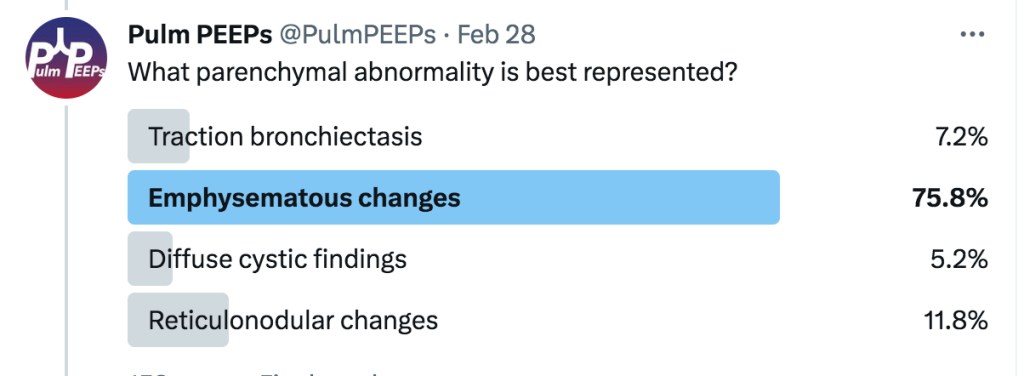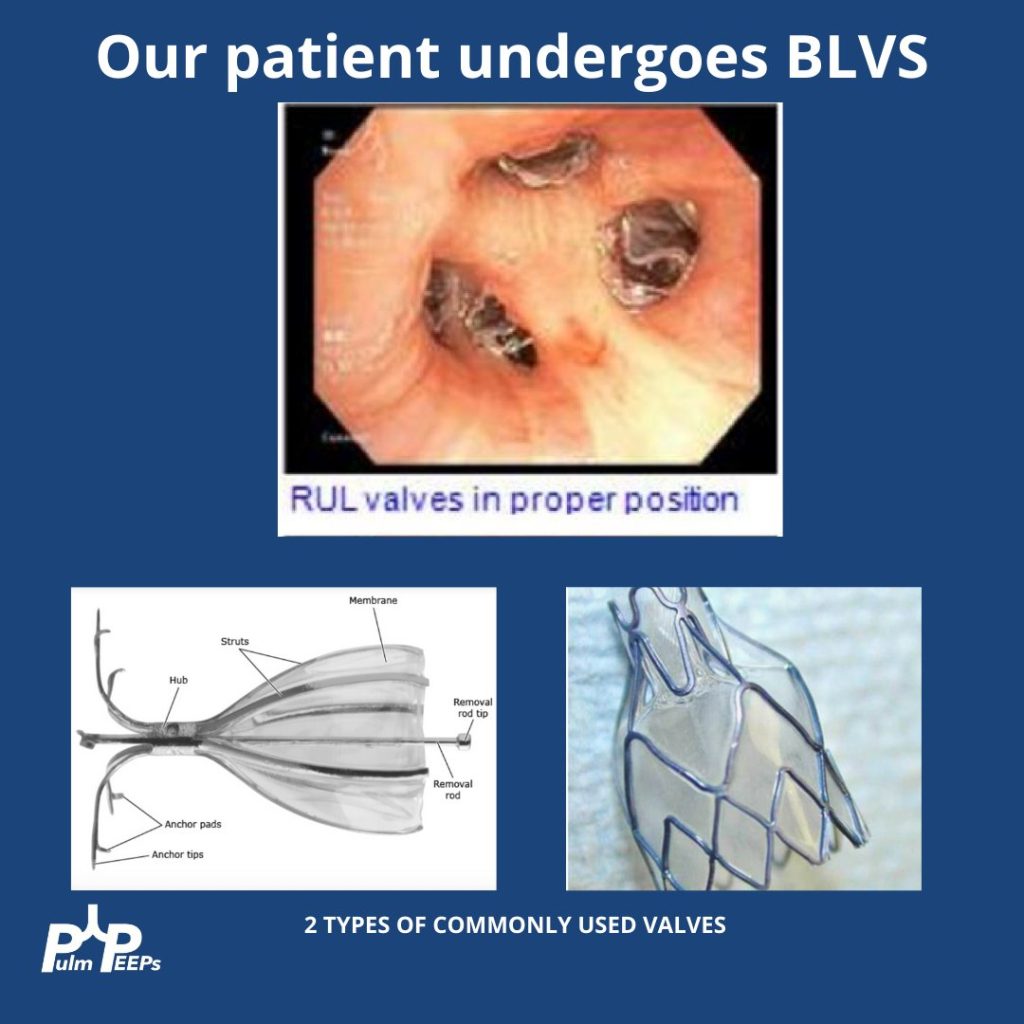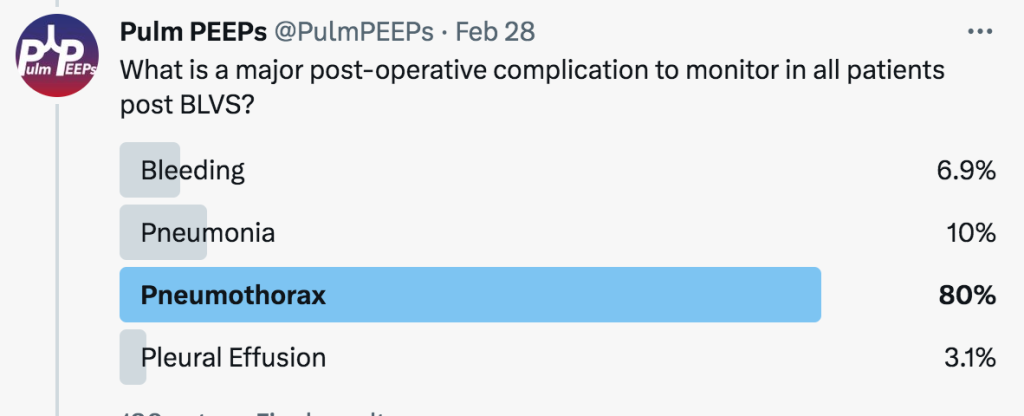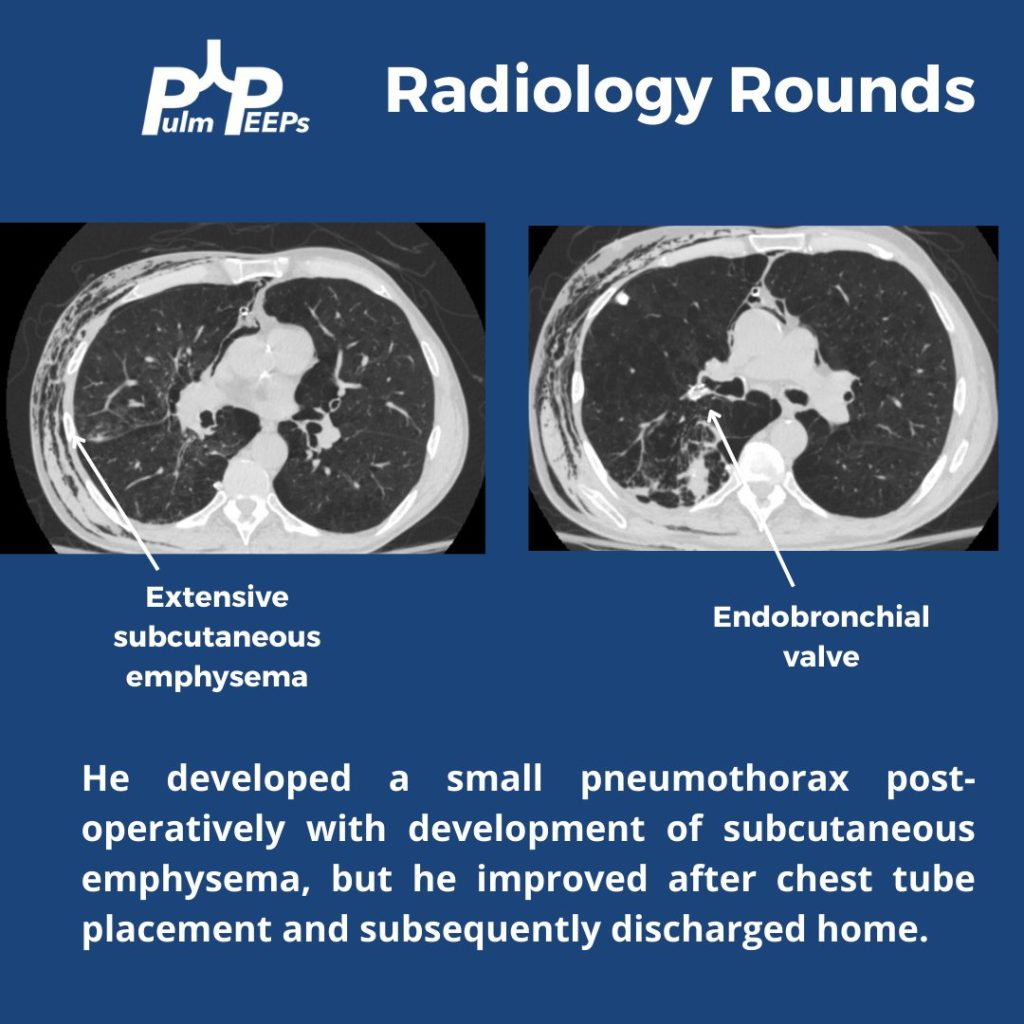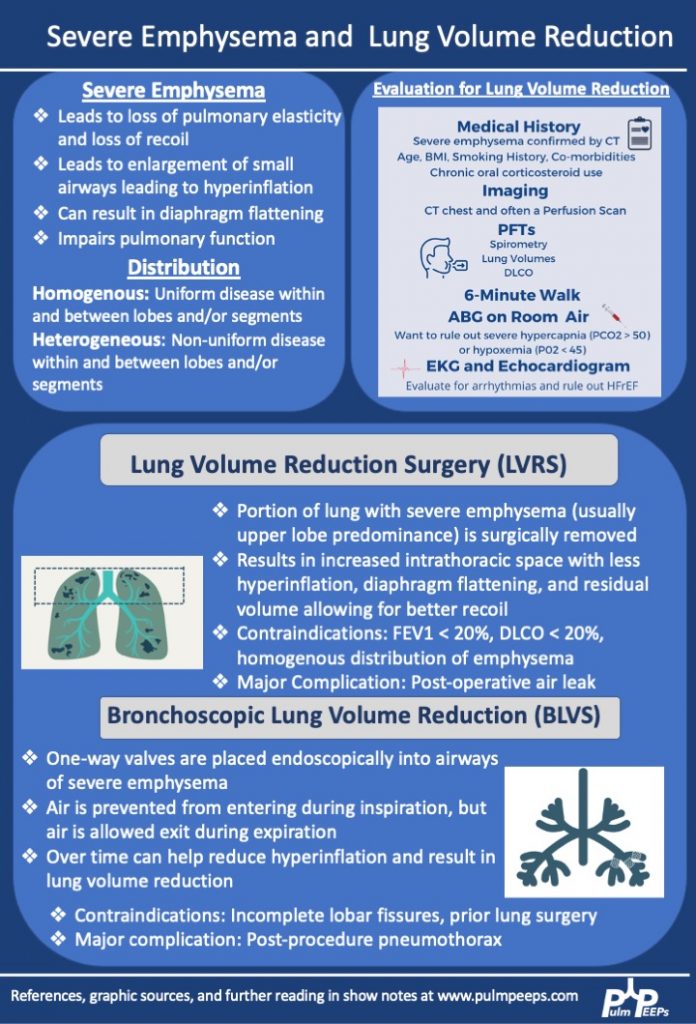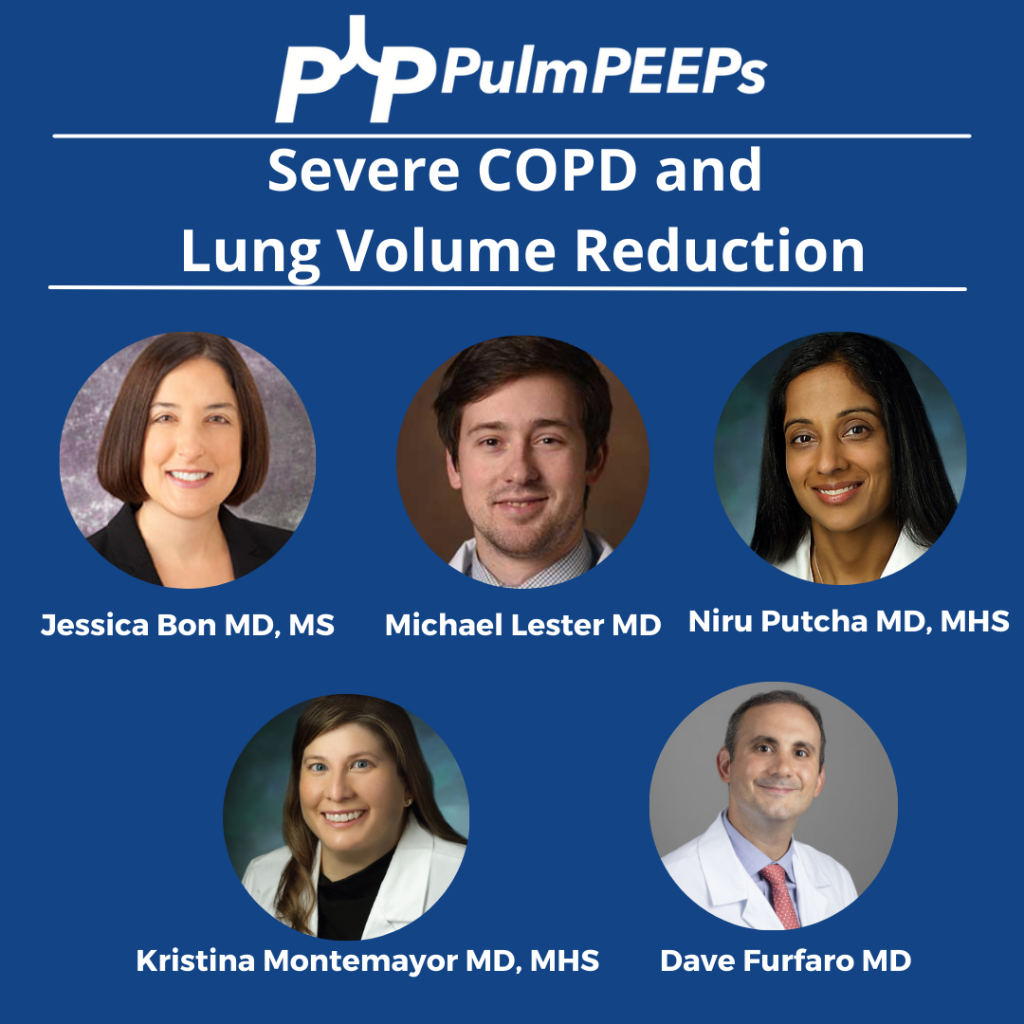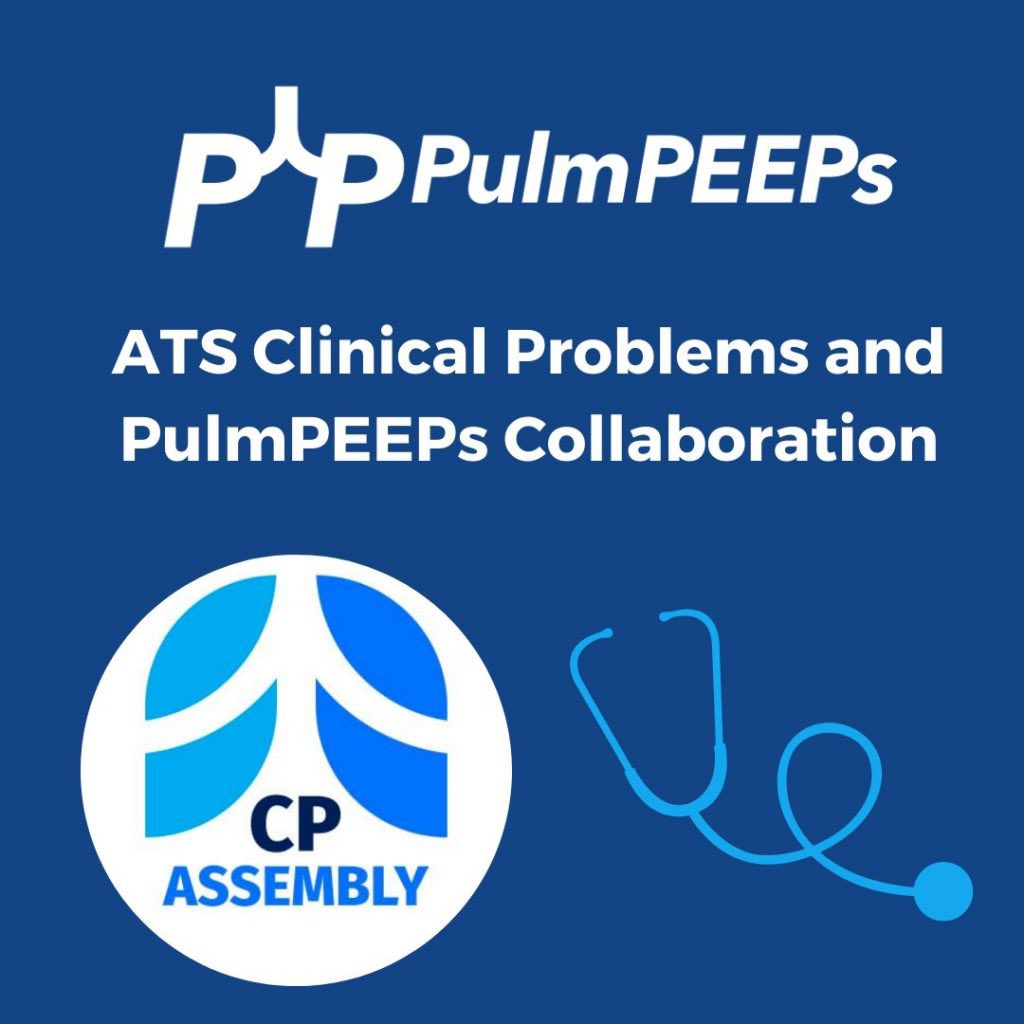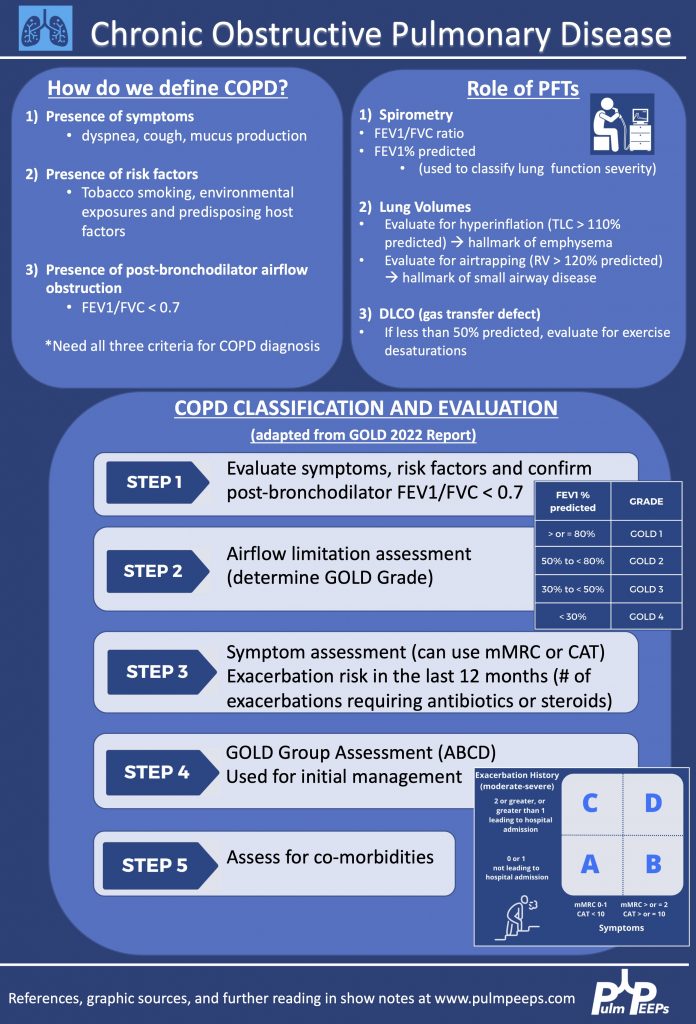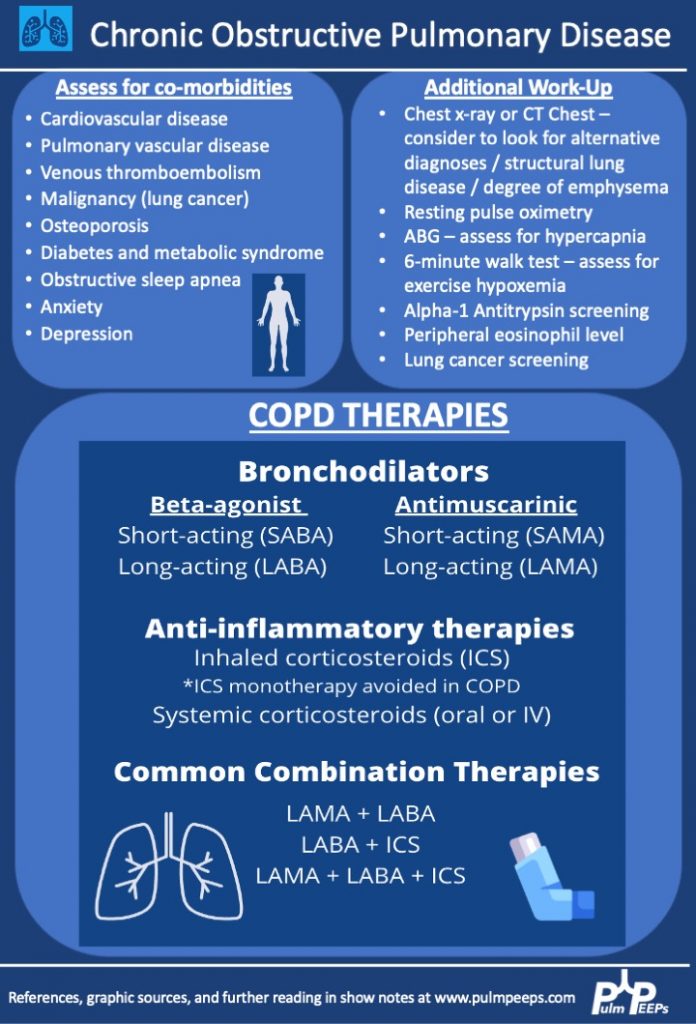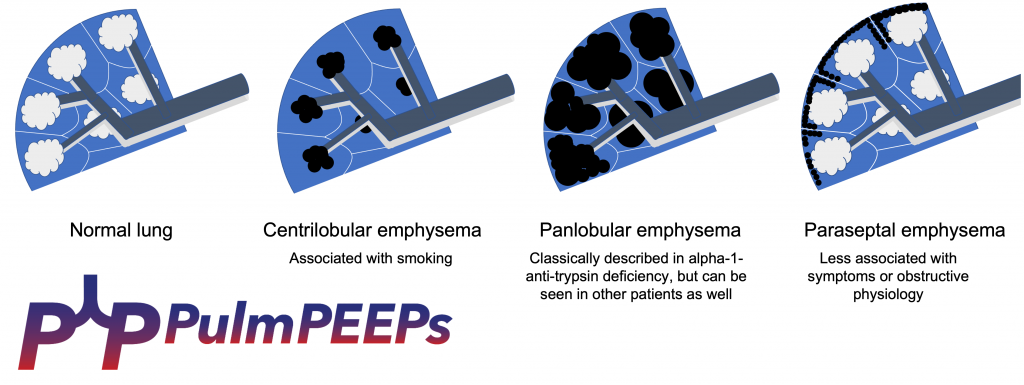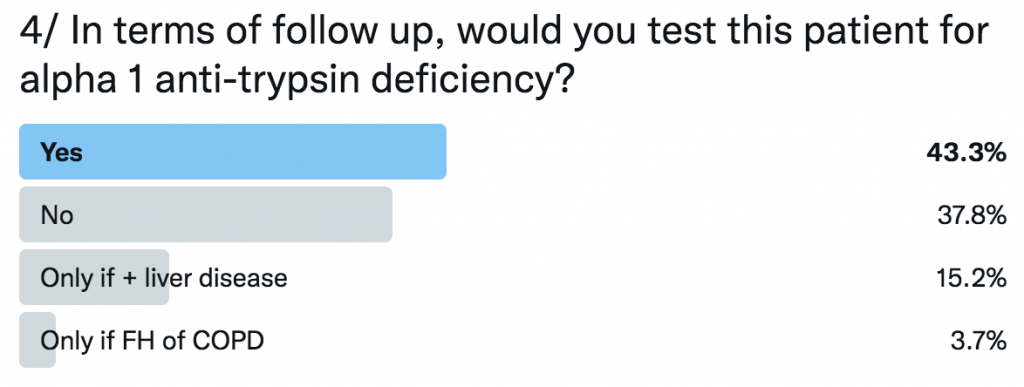Today is our third episode in our collaborative series with BMJ Thorax. Our mission at Pulm PEEPs is to disseminate and promote pulmonary and critical care education, and we highly value the importance of peer reviewed journals in this endeavor. Each month in BMJ Thorax, a journal club is published looking at high yield and impactful publications in pulmonary medicine. We will be putting out quarterly episodes in association with Thorax to discuss a journal club publication and synthesize four valuable papers. This week’s episode covers four articles related to obstructive sleep apnea therapies, and the use of non-invasive ventilation and high flow nasal cannula for intubation and COPD exacerbations.


Meet Our Guests
Chris Turnbull is an Associate Editor for Education at Thorax. He is an Honorary Researcher and Respiratory Medicine Consultant at Oxford University Hospitals. In addition to his role as Associate Editor for Education at BMJ Thorax, he is also a prominent researcher in sleep-related breathing disorders.
Natalie McLeod is a resident in respiratory medicine and is currently doing a clinical fellowship in sleep and ventilation at Oxford University Hospitals.
Journal Club Papers
- Journal club article from Thorax
- Effect of CPAP therapy on blood pressure in patients with obstructive sleep apnoea: a worldwide individual patient data meta-analysis
- Hypoglossal nerve stimulation for obstructive sleep apnea in adults: An updated systematic review and meta-analysis
- Noninvasive Ventilation for Preoxygenation during Emergency Intubation
- Nasal high flow or noninvasive ventilation? navigating hypercapnic COPD exacerbation treatment: A randomized noninferiority clinical trial
To submit a journal club article of your own to Thorax, you can contact Chris directly – christopher.turnbull@ouh.nhs.uk
To engage with Thorax, please use the social media channels (Twitter – @ThoraxBMJ; Facebook – Thorax.BMJ) and subscribe on your preferred platform, to get the latest episodes directly on your device each month.
Podcast: Play in new window | Download
Subscribe: Apple Podcasts | Spotify | Amazon Music | Android | iHeartRadio | Podcast Index | RSS | More





